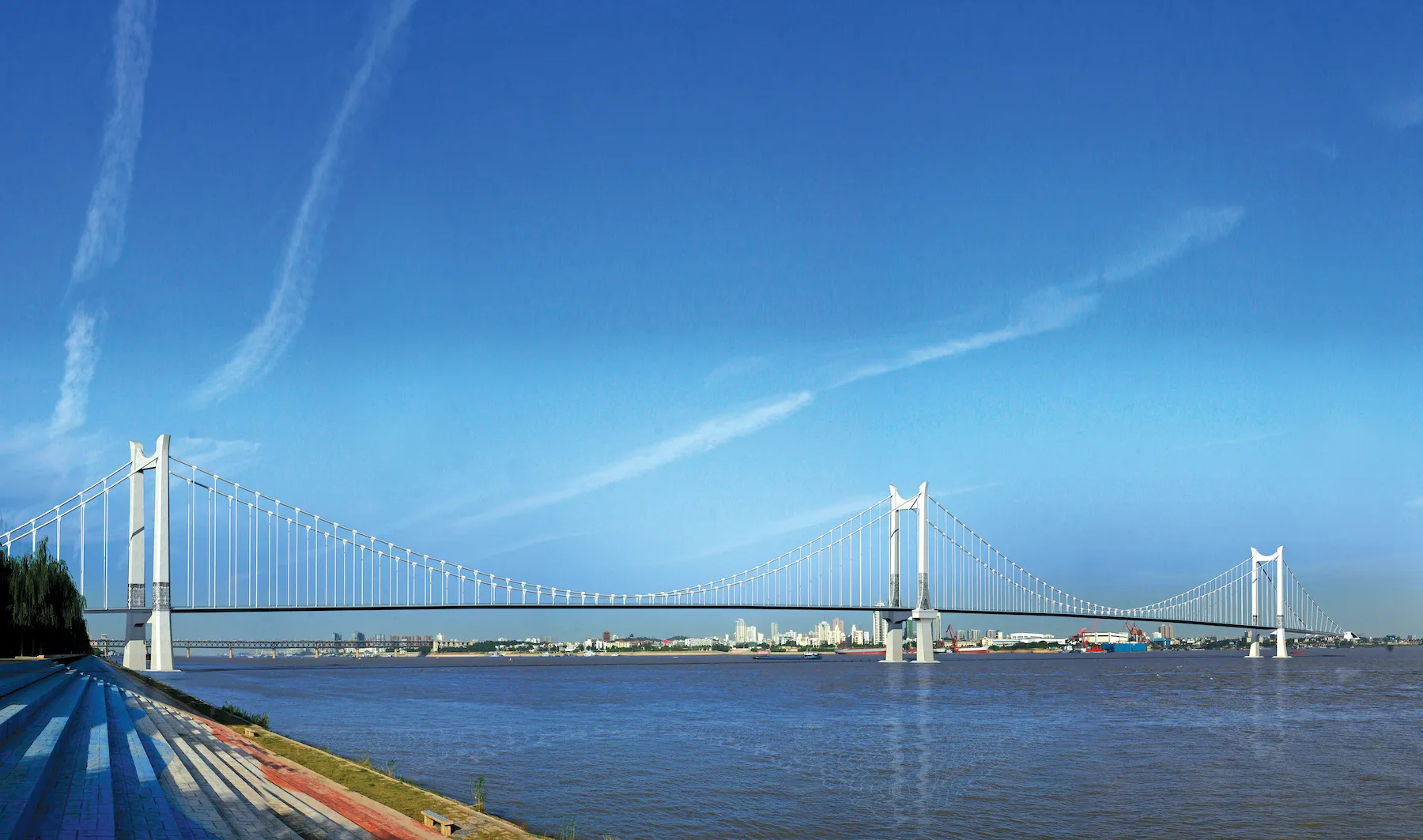A new report from consultancy firm Frost & Sullivan says that China will benefit from unparalleled urban growth. According to the report, China will become the world’s leading economy by 2025, surpassing that of the US. Urban growth and infrastructure investment will see China having 13 mega-cities, four mega-regions and six mega-corridors by 2025. This growth will be fuelled by strong urbanisation, a favourable corporate environment, huge infrastructure investment and the largest working age population. Th
November 15, 2012
Read time: 2 mins
A new report from consultancy firm Frost & Sullivan says that China will benefit from unparalleled urban growth. According to the report, China will become the world’s leading economy by 2025, surpassing that of the US. Urban growth and infrastructure investment will see China having 13 mega-cities, four mega-regions and six mega-corridors by 2025.
This growth will be fuelled by strong urbanisation, a favourable corporate environment, huge infrastructure investment and the largest working age population. This will result in the Chinese economy transforming itself from being the manufacturing centre of the world to one of the biggest and largest consumer markets across the globe. According to the report, these mega-cities will become major hubs for commercial and business activity, contributing nearly US6.24 trillion to China’s GDP in 2025.
“By 2025, an estimated 921 million people or 65.4% of China’s population, will live in cities, which is about 2.6 times of the United States’ total population,” said Frost & Sullivan programme manager, Visionary Innovation Research Group, Archana Amarnath. “Growth in Chinese mega cities will supplement Asia’s growing role as the world’s financial centre. In fact, by 2020, Hong Kong and Shanghai are expected to occupy two places in the ranking of the top five global financial centres.
In addition, China will have the largest working age population of the world. China’s potential workforce will be one of the biggest with 922 million individuals in the working age (15-64 years) category in 2025, which is roughly 22% of the potential global workforce. Augmenting the growth in innovative business models and unique business solutions is the widespread growth in connectivity and digital infrastructure within the country. In a bid to support this growth momentum, the Chinese Government plans to invest $2.73 trillion in infrastructure between 2011 and 2015.
This growth will be fuelled by strong urbanisation, a favourable corporate environment, huge infrastructure investment and the largest working age population. This will result in the Chinese economy transforming itself from being the manufacturing centre of the world to one of the biggest and largest consumer markets across the globe. According to the report, these mega-cities will become major hubs for commercial and business activity, contributing nearly US6.24 trillion to China’s GDP in 2025.
“By 2025, an estimated 921 million people or 65.4% of China’s population, will live in cities, which is about 2.6 times of the United States’ total population,” said Frost & Sullivan programme manager, Visionary Innovation Research Group, Archana Amarnath. “Growth in Chinese mega cities will supplement Asia’s growing role as the world’s financial centre. In fact, by 2020, Hong Kong and Shanghai are expected to occupy two places in the ranking of the top five global financial centres.
In addition, China will have the largest working age population of the world. China’s potential workforce will be one of the biggest with 922 million individuals in the working age (15-64 years) category in 2025, which is roughly 22% of the potential global workforce. Augmenting the growth in innovative business models and unique business solutions is the widespread growth in connectivity and digital infrastructure within the country. In a bid to support this growth momentum, the Chinese Government plans to invest $2.73 trillion in infrastructure between 2011 and 2015.







